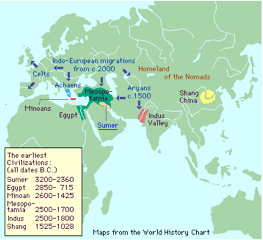History of trade routes and caravanserais

Caravanserais were built over a very large geographical area, covering Asia, India, Central Asia, Middle East, North Africa, and South-Eastern Europe, but with the largest number of them in the centre of the area which is Middle East and Central Asia.
Linked to the rise of Islam and the growth of the overland trade between the Orient and the West (then to its decline because of the opening of the ocean routes by the Portuguese), the construction of most of the caravanserais spanned a period of ten centuries, from the 9th till 19th century.
Several thousands were built, and together they form a major phenomenon in the history of that part of the world, from an economic, architectural, social and cultural point of view. It is mentioned that in Cairo (Egypt) till some 200 years ago there were more than 300 caravanserai in use. Based on documents there were more than 100 caravanserais in the bazaar of Isfahan after the Safavid era. In Herat (Afghanistan), there were more than 100 caravanserais. All over Anatolia (Turkey), there were some 250 caravanserais/hans built of which 8 were Sultanhans. Still today some 100 of the Anatolian caravanserais have survived.
Obviously linked with the history of the trade routes, researching about the caravanserais is like making a deep dive into the history of the Middle East, Central Asia, but also Europe, the Indian Continent and as far back as ancient empires in Greece, Rome, Mesopotamia, Persia, Sogdiana, India, Mongolia and China.
IN PROGRESS


